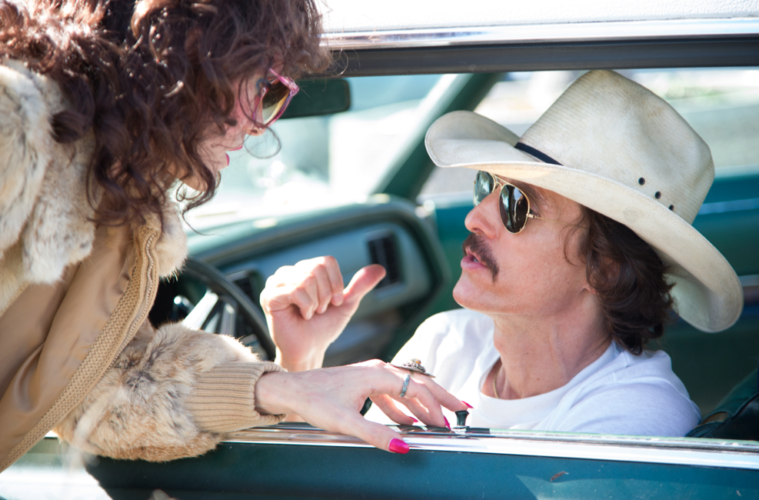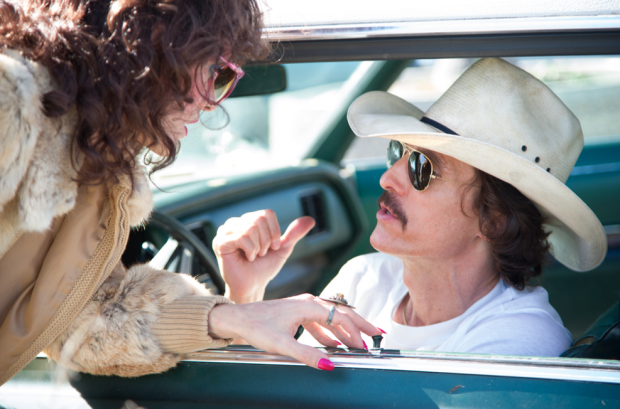
Released in limited theaters this past weekend, Jean-Marc Vallèe‘s Dallas Buyers Club tells the powerful true story of Ron Woodruff, a man diagnosed with HIV who not only fought to stay alive, but did so by providing underground medical treatment to other afflicted with the disease. Led by Matthew McConaughey we had a chance to sit down with the actor (here), as well as his supporters, Jared Leto (here) and Jennifer Garner (here), but today brings our final chat, with the director.
Sitting down for a roundtable conversation shortly after the premiere at Toronto International Film Festival this fall, he opened up about how he came on to the project, the influence of John Cassavetes on his shooting style, the lack of lighting and score, as well as what elements of the story are fictionalized. Check out the full conversation below and note that Vallèe’s native language is French, but the interview was conducted in English.
The Film Stage: So, this movie took 20 years or so from the time it was written until it was made. What did you know about it before it was offered to you?
Jean-Marc Vallèe: I read the script three years ago when Robbie Brenner came to me and I was working on something else with her. I went, “Why didn’t you bring this to me a year and a half ago? This is gold, this is golden material. How come this film hasn’t been made? That really happened?” I didn’t know anything about the [buyers] club. Then I went to try to make the film and she didn’t have the financing yet and financial structure. That’s how I heard and then I met with the screenwriters and then I found out that 20 years ago the writer met with the guy. I had access to 25 hours of audio tape that he did, an interview with Ron in 1992 before he passed. Here we are today.
Can you say why it took that long? What do you think it was that held it up?
I think it’s part subject matter and part the complication of how to finance and make a film in Hollywood today — I mean today and 20 years ago. Universal bought the rights and the script and they attached some actors. Brad Pitt was attached to it, then Ryan Gosling and Marc Forster as the director. I guess making an indie film, a character-driven film, in the States is a tough thing. It is easy to make blockbusters, $50 million films and more. So that film belonged to the studio and I guess they wanted to make a $40 million film or $50 million film and it didn’t happen and so we made it the indie way. We didn’t have a distributor — Focus bought it when the film was completed; well, not completed, but when when we did the editing. We did it for $4 [million] something in Louisiana, because they had some good tax incentives.
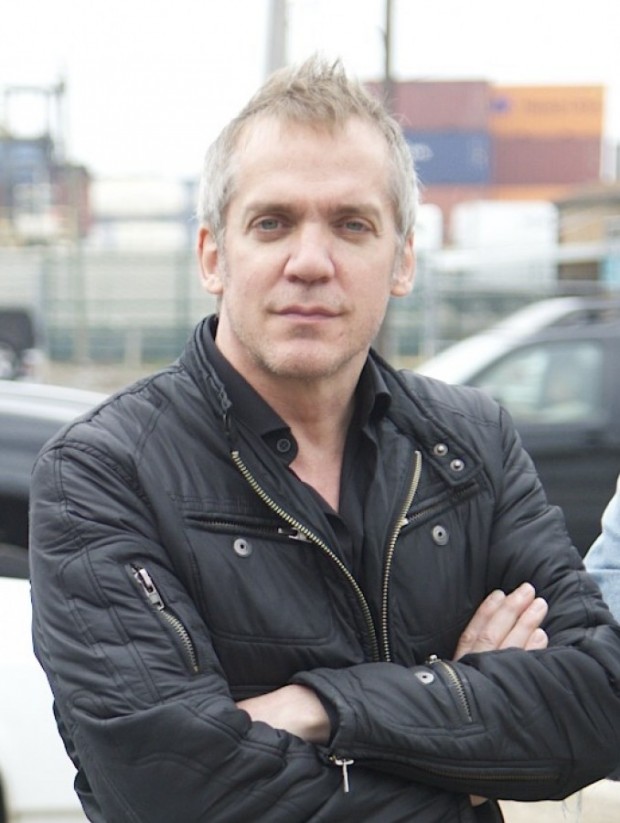 Can you talk about the casting of McConaughey and Leto? Also, any discussions with them on their physical transformations? Did you ever say “No, don’t lose that much weight?
Can you talk about the casting of McConaughey and Leto? Also, any discussions with them on their physical transformations? Did you ever say “No, don’t lose that much weight?
I mean, they are adults and they did their homework and they wanted to go there. They are professionals and they were surrounded by a bunch of professionals too. As long as they weren’t feeling sick, I was trusting them. After 30 pounds I was okay with Matthew and went “great,” then he went down 48 or 47. I met him at 185 and during the film his weight was 137. That’s a lot, but it gave him…you know, when you change the clothes you wear, the way you move. When we started to shoot it was contagious, the other actors and the crew were looking at Matthew performing and looking like this. It gave us such a great spirit to be at that level, and try to be as at the service of this project as he was and as Jared was. When you see wet eyes and people being really emotional it’s a good sign. People were really devoted and dedicated to this project.
Can you talk about the influence of John Cassavetes with the shooting method of this movie?
This one and Cafè Flore is a direct influence when you know about it. I mean, I didn’t go to the team and say “Listen guys, we are going to do like Cassavetes was doing,” but that’s what we did and I knew that he was shooting this way at the time in film, with the lens they had. If you look at Cassavetes’ films there are a lot of out of focus moments and the shots are long. It’s really hard for a focus puller to shoot this way. I was asking the crew to get out of the set, for instance, if we were shooting. [We had] the DP hidden behind him, small viewfinder of the camera, focus puller next to him; often the boom mic wasn’t there and the actors had mics so they could move 360 degrees. There is no lighting, no cards, no flags, nothing. It creates another dynamic on the set. The actors don’t feel the heat of the spot they have to hit the mark to feel the heat; they feel very natural. We were shooting the rehearsals, and rehearsal one was take one and often I wasn’t saying, “You are going there, there, there.” “So where are we going Jean-Marc?” “Let’s find out. Put the camera over there and action.” Just knowing their dialogues and doing it, and sometimes it didn’t work — you went too far over there, it’s too dark, we don’t see you, or it’s the window, but sometimes it was magical. It was like bang, rehearsal one it was great.
What about making a Hollywood movie in 25 days?
Well, it’s making a film, whether or not it’s Hollywood. It’s Hollywood because there are some Hollywood stars attached to the project, so it looks like we are making a Hollywood film because it was bought by Focus, but we were just making a film, an indie film. We got to do it. We were in a mood where Matthew and I were like, “We are shooting this film in the fall.” He was ready. I was ready and we needed it that year, last year. We didn’t have the money we needed and we went, “Fuck it, we are doing it.” So, we went to New Orleans and also it’s not just because of that, but it helps shooting with no electrical crew, 100 percent handheld, no lighting.
It helped the budget, but even if I had a bigger budget — for instance, I am going to shoot Wild with Fox Searchlight this fall for $15 million and I’m shooting the same way and I have 35 days of shooting, so I’ll have this same kind of dynamic and freedom and approach but for this one it really helped. The days were the days we had, so we had to nail about four pages a day, which is a lot. Normally you try to do between two and three on a feature film. It’s not like television where they shoot 12-15 pages a day, but since there is no waiting for the light it was doable, and we didn’t suffer from it. We were always shooting, never waiting. We had material on the hard drive.
So how long did editing take?
I think we took between 18 to 20…I’d have to count. I don’t remember, but it was a nice time. I like to have time in the cutting room. The editors did an amazing job creating the rhythm of the film and I didn’t use a lot of music in this one — 24 minutes of music instead of 70 minutes of music.
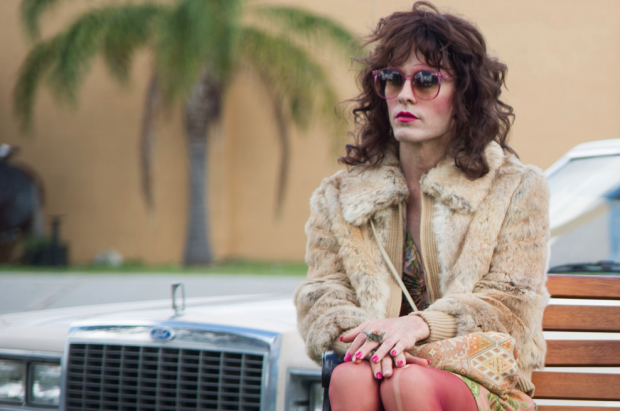
Was that purely for budgetary reasons?
Because, again, budget. No money. You see I don’t use score, I don’t use composers. I didn’t have money to license songs, except the songs you hear in the film. We had to fight a lot and negotiate for the songs that are in the film. When I got in, I didn’t want to go cliche with some country musician, making a film in Dallas, TX. I gave this character a fixation on Marc Bolan. It was good for his look, too. Rayon wanted to look like Marc Bolan.
That was your idea?
Yeah. He wants to look like Bolan, he wants to be Bolan, he is in love with Bolan, hangs posters of Bolan everywhere, listens to Bolan fucking everywhere.
What’s real in the story and what’s not?
Ron’s story is real. All the facts around this guy, you know the film is inspired by this true story. These screenwriters created all the characters around it. Not one single character in the film besides Ron is real. It’s fiction. The challenge was to create a great emotional journey in fiction and also respect the facts of the period and of Ron’s life. Even Ron became something else, it’s not like Matthew created a character based on Ron. There weren’t any doctors in Mexico when he heard he had 30 days to live — it was somewhere on the east coast, different doctors. He said there is no way I’m going to take AZT and he was a stubborn son of a gun. At the same time he had this burning burning desire to live. That’s what happened with the AIDS activists, too, and patients.
So if he did not go to Mexico, was there no drug smuggling into the States?
Yeah, he smuggled drugs from Mexico, Canada, Europe, China, Japan. This is real, Ron’s story is real. The doctor wasn’t in Mexico. It’s the story of an underdog. It’s a great story, beautiful humanity.
There is great reviews after yesterday’s premiere and a great buzz. How does that make you feel?
I mean, now at my age — I’m 50 — I’ve done films before and I felt great when I presented Young Victoria, Cafè Flore and I didn’t have any good critic reviews. Before yesterday I felt great about this film and then suddenly today the reviews are there and they are great alright. But even if they weren’t, I’ve had reviews in the past and I felt great about my films and about the result. It’s about being happy with what you do and not just what people say about you. I’m so proud of what we have accomplished with this film. It’s something else. We were like Ron. I could relate to the guy trying to change the system, to do it differently. Let’s just do it for the love of cinema, because we believe in this story and we want to tell it to the world. We do something that can make a difference.
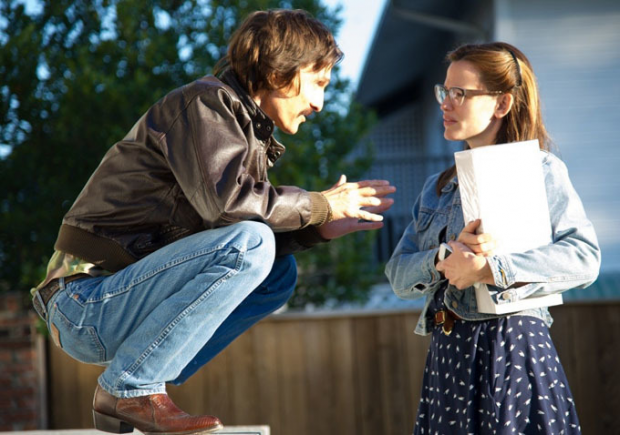
Dallas Buyers Club is now in limited release and expands this weekend.

